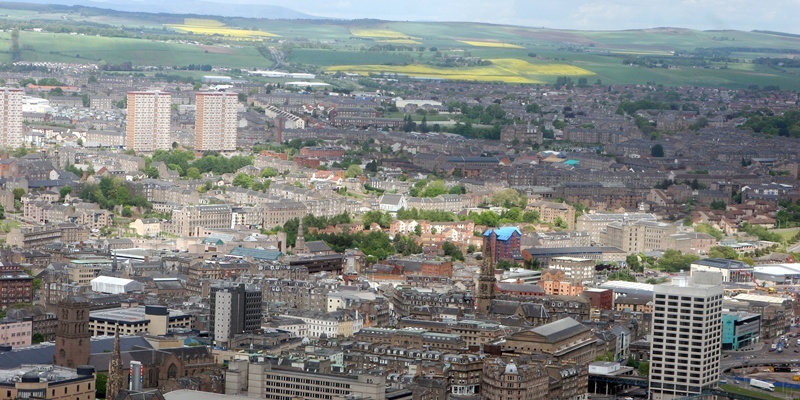There has been a ”welcome increase” in Dundee residents saying their neighbourhood is a good place to live.
That is one of the key findings of a Dundee Partnership report that looks at how efforts to improve communities and the environment are faring.
A survey has been carried annually since 2008 to gauge people’s feelings about where they stay. The original poll found 86% of those questioned across the whole city rated their own neighbourhood as good, with 84% of those staying in poorer parts officially classed as community regeneration areas (CRAs) agreeing. By last year the city-wide score had risen to 94% with the CRAs on 91%.
The report said: ”The partnership has targeted resources to regeneration areas and the improving trends may also reflect the impact of local community planning partnerships and community regeneration forums.”
There has also been an increase in the proportion of people surveyed who have stayed in their neighbourhood for at least 10 years, from 45% in 2008 to 57% last year. The report said this suggested ”an increasing level of stability” in communities.
The proportion of residents satisfied with their access to local services and facilities has risen from 85% to 91% over the same period and their satisfaction with the quality of those services is up from 83% to 89%.
Work has been under way by the city council and by housing associations to bring the homes they rent to tenants up to the Scottish housing quality standard.
Good progress is said to have been made over the past year and all providers reckon they can meet the target of having all properties where it is technically possible to do so up to scratch by the national target of 2015.
”The council’s SHQS compliance is anticipated to show a sharp increase in the final years of the programme,” the report said.
Several physical regeneration projects have been carried out during 2010/11, including the construction of a ‘spine’ road through Whitfield to open up areas for new housing and the demolition of the Maxwelltown multis.
In Lochee, the Weaver’s Village shopping and housing development has been demolished and the Highgate shopping centre bought, preparing the way for the eventual re-creation of a long-lost street. Lochee High Street also benefited from grants of £310,000 to do up shop fronts.
An audit of shops across the city is under way to identify ways of tackling vacant units.
However, the report noted that vacancy rates have changed little in the city despite the economic downturn and its popularity as a shopping destination had not been affected as badly as some other places.
Other work undertaken in communities has included new paths and lighting and improved shop fronts in Coldside, environmental improvements in the North East ward, community-led graffiti removal in the West End and a successful funding bid for home and personal safety initiatives in Strathmartine.
But the report admitted that closing the gap between the CRAs and the rest of the city remained a major challenge.
It added: ”The annual social survey highlighted the recorded very low levels of public participation in services such as after-school clubs/drop-in centres, youth information services and community-based projects 96%-99% of respondents had never participated.”
This problem is now being studied.
The Dundee Partnership has also been looking at environmental issues, with its target for reducing the amount of waste sent to landfill easily met and waste prevention and recycling programmes being said to have had ”a major positive impact” thanks to the public response.
However, the city will be expected to deliver a recycling rate of 50% by 2013, well above the current rate.
The report said there had also been a 4.9% decline in carbon dioxide emissions between 2007 and 2009, the latest year for which data is available.
Home energy efficiency has also been a priority and during 2010/11 the city council completed 69 ”super-insulated” houses at a cost of £7 million. Over 900 properties were fitted with condensing boilers, cutting fuel bills for tenants.
